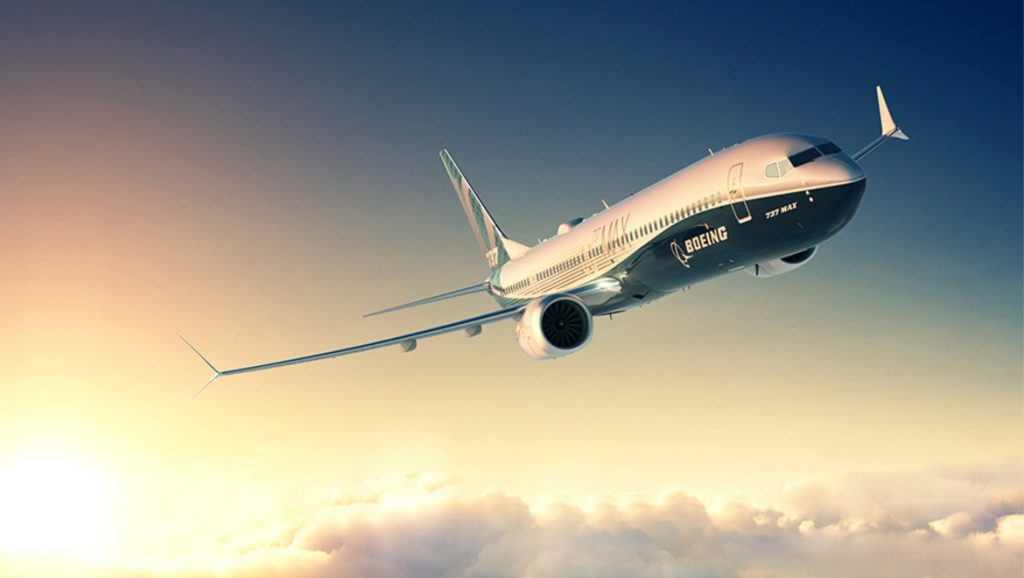
The Federal Aviation Administration (FAA) has issued an “immediate” safety directive for all Boeing 737 jets to be re-inspected over potential cabin altitude pressure switch failures.
The airworthiness directive requires additional inspections on the switches, following an incident reported last September where an unnamed operator said both failed tests on three 737 models.
Boeing decided at that time that it was not a safety threat, but later, the FAA found it did pose a potential risk and required further investigation.
“The failure rate of both switches is much higher than initially estimated, and therefore does pose a safety issue,” the FAA said following said investigation.
The FAA added it “does not yet have sufficient information to determine what has caused this unexpectedly high failure rate”.
The directive will apply to around 2,500 jets in the US and over 9,300 globally, required for inspection within 2,000 flight hours from its previous inspection, according to the FAA.
Pressurised systems are designed to keep the interior cabin pressure between 12 and 11 psi. On a typical flight climbing to 36,000 feet, the cabin pressure should be equivalent to 6,000-8,000 feet.
Low air pressure in high-altitude flights can result in inadequate amount of oxygen in the cabin, unless pressurised. This would ultimately affect the health and safety of all onboard.
“Addressing these failures requires immediate action,” the agency said in the directive, according to The New York Times.
“The FAA’s direction, which makes mandatory the inspection interval that we issued to the fleet in June,” said Boeing.
So far, the FAA has not reported any in-flight failures of the cabin altitude pressure switches.
The directive from the FAA follows numerous manufacturing issues already this year with Boeing, especially after the 737 MAX’s re-entry into service after the 20-month groundings.
The agency released a mandate last month ordering all Boeing 737 MAX jet operators to conduct additional inspections on its automated flight control system, MCAS.
In December 2020, Boeing issued a recommendation that all MAX jets were required to be re-inspected if they had reached 6,000 flight hours, however, the FAA have now made this an official mandatory safety directive.
Only last week, on Boeing’s 787 Dreamliner jet, the FAA discovered another manufacturing defect resulting in a potentially months long delay in deliveries.
As part of the ongoing inspection on Boeing’s “shimming process”, as required by the FAA, the regulator discovered the issue “near the nose on certain 787 Dreamliners in the company’s inventory of undelivered airplanes”.











